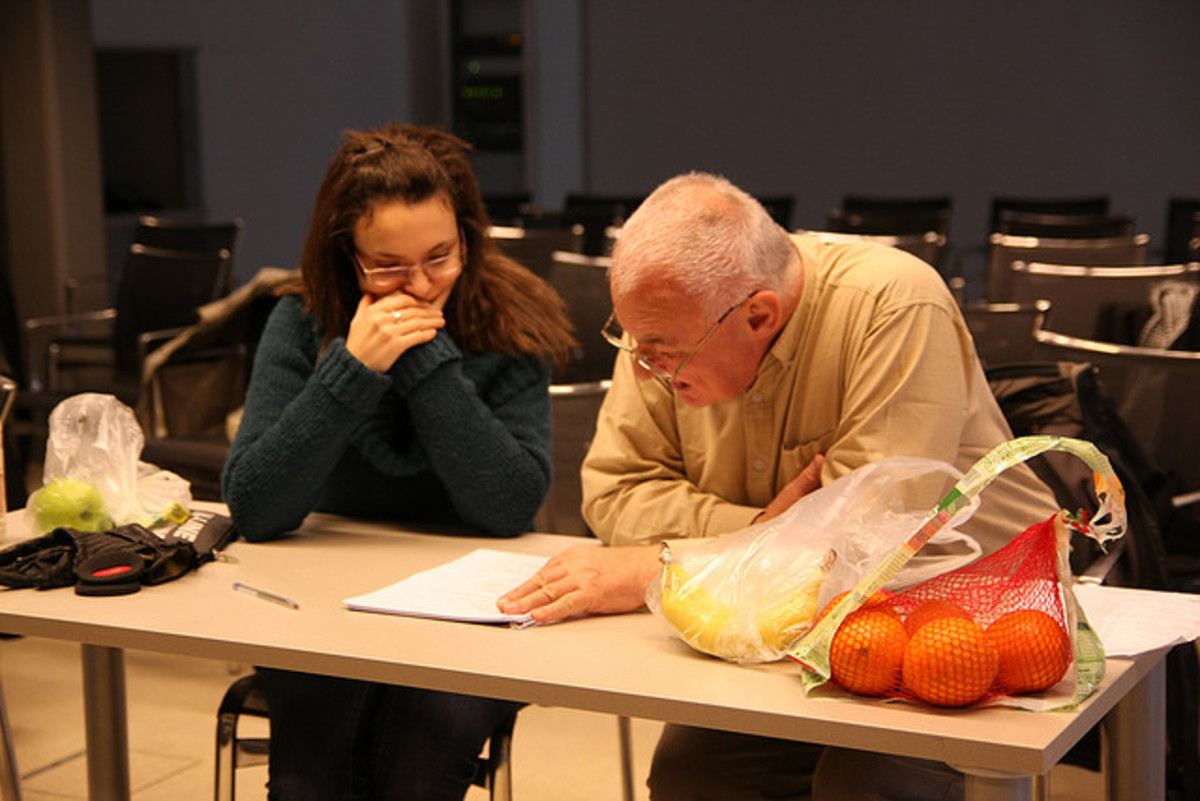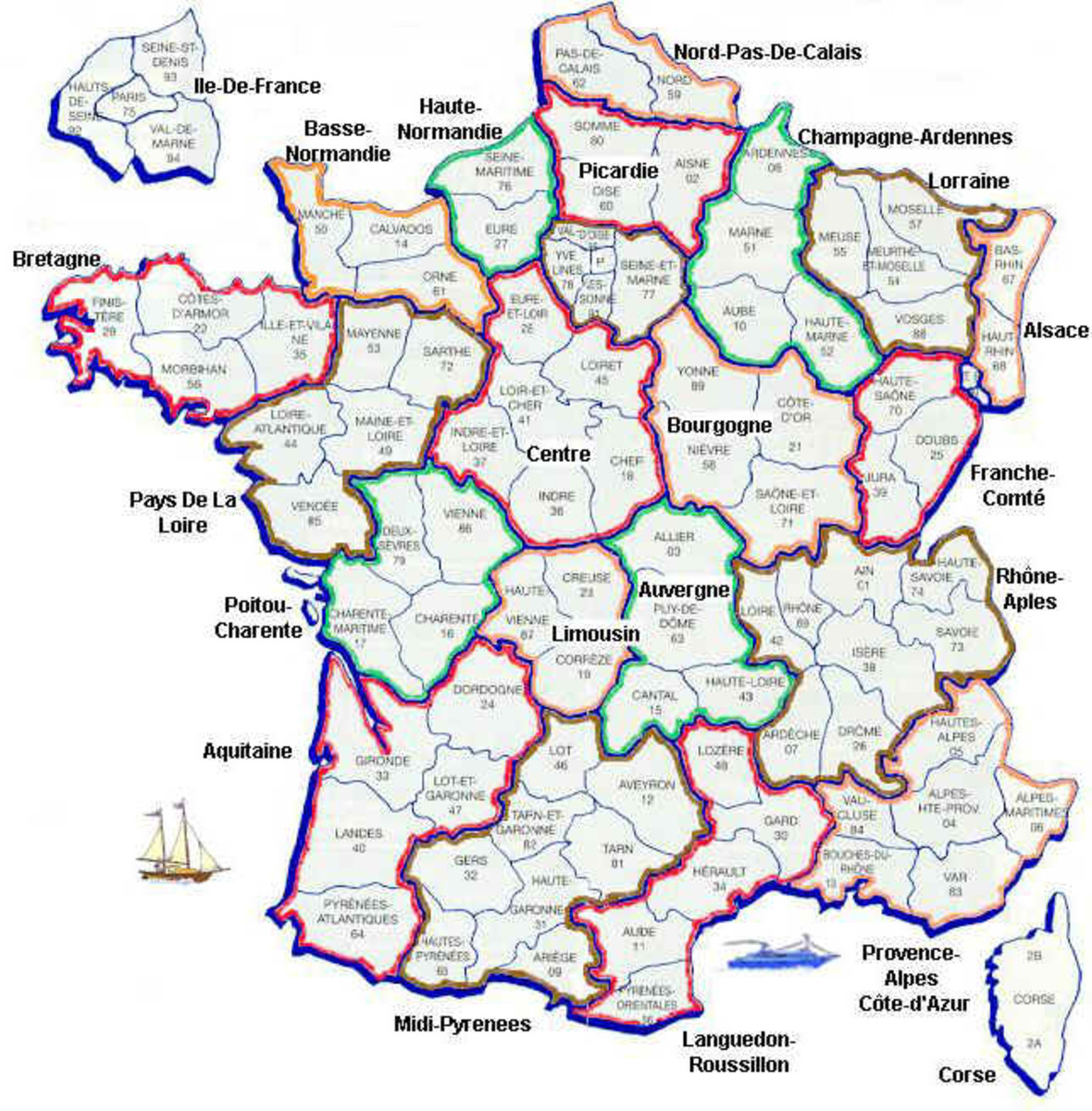French Lesson Plan for Using "Il y a..." to Describe the City Street (Using Amélie)

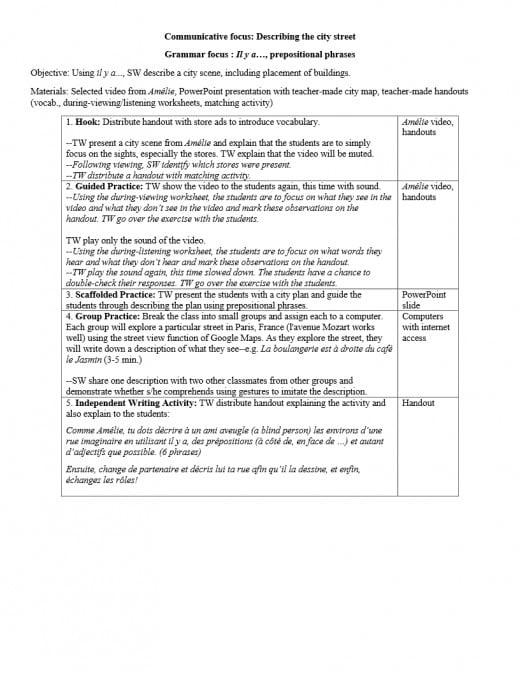
Walking with Amélie
In this lesson, students will be introduced to both the il y a... construction, prepositional phrases, and store vocabulary. To assist in this introduction, a short clip from Amélie will be turned to several times throughout the lesson. You should notice that this particular lesson is heavy in vocabulary reinforcement activities. Also, the use of English is not necessary to teach this lesson.
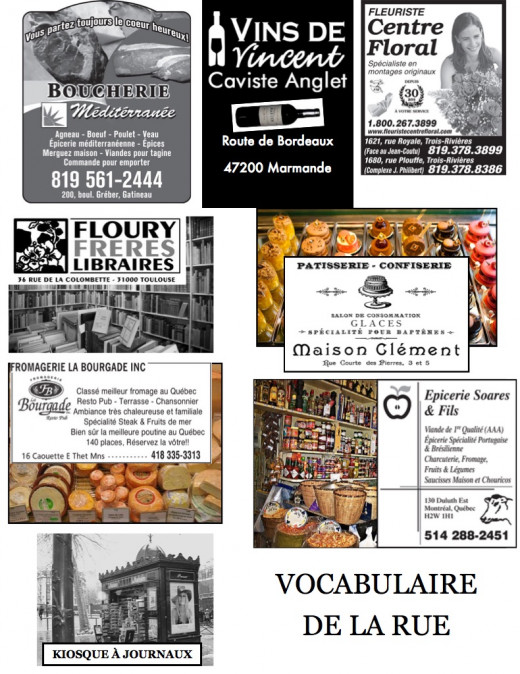
The Silent Viewing of the Clip
Before showing the clip, it's necessary to first briefly lay down the foundation for the vocabulary. Distribute a handout with advertisements of stores and guide the students through determining what those stores actually are, using context from the advertisements.
Then, establish the scene of the video clip and direct the students' focus. Explain that they are going to watch a scene that consists of a woman named Amélie walking a blind man (un aveugle) through the city streets. Their task is simply to focus on what they see, specifically looking for the presence of the newly introduced stores. To increase their attention on the sights, the video will be muted.
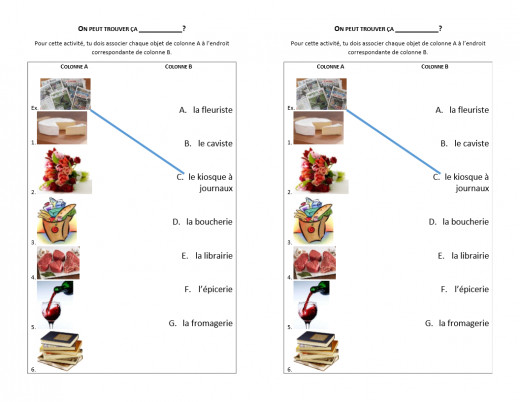
Comprehension Check
To check for comprehension, ask the students which stores were present in the video clip. Then, distribute a matching worksheet to the students. Instruct them to draw lines connecting each product to where one can buy it.
The Sounded Viewing of the Video
Before showing the clip again, distribute a worksheet that introduces a few more vocabulary terms, this time accompanied by il y a... and il n'y a pas... Read through the each term. To avoid using English, mime out the meanings of unfamiliar terms. While watching the video--this time with sound so that they may hear the words--the students will indicate whether or not the given items were present in the video.
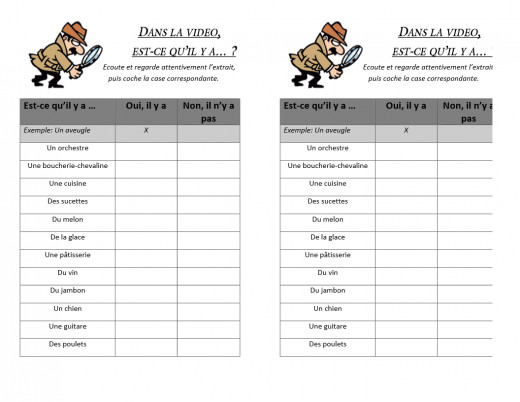
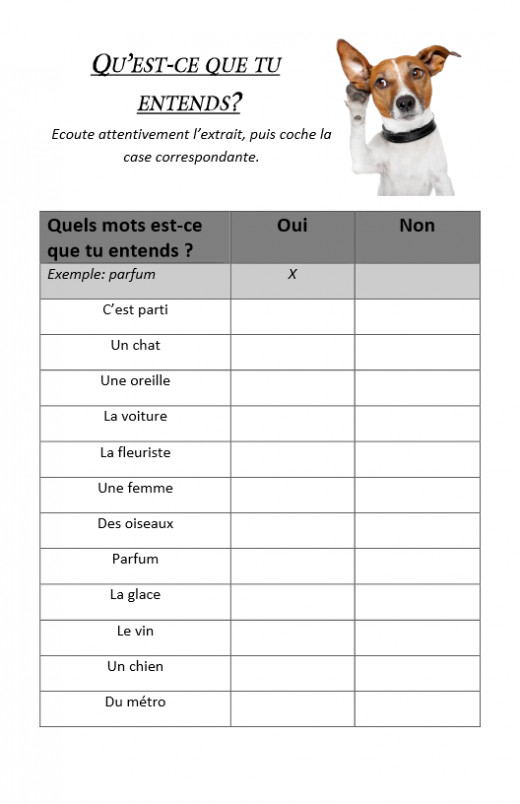
The Blinded Video
For the final time, the students will use the video. To help train the students' listening skills, this time only the sound will be used. Distribute another handout, which will be similar in design to the last one. Read through the new set of words together to get the students attuned to their pronunciation. Play the sound, i.e., play the video and minimize the screen to hide the picture. While listening, the students will indicate whether each word/phrase was mentioned. Discuss the answers.
Describing the City
Now comes the time for really engaging the students. Present a map of a sample French city block. Draw the students' attention to the stores that they should already know. Even ask them, "Qu'est-ce qu'il y a ici?" to elicit responses from them.
Then, start describing the layout of the city block, explaining which stores are next to which, which stores are behind which, which stores are facing/to the left of/to the right of which, etc. As you explain, guide the students to the meanings of these phrases by using your gestures as you point to the map. After you have done two or three, select students to participate. They may either continue to describe the city block or their classmates' placements in the classroom (e.g. Je suis à droite de Rachel.).
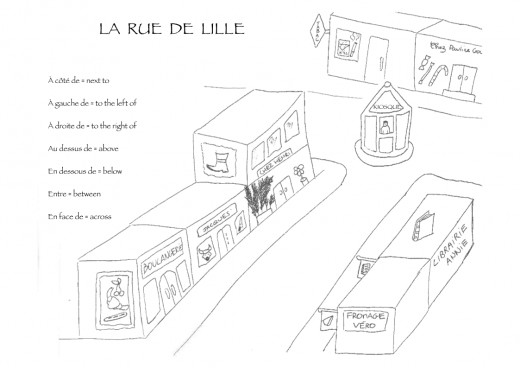
Interactive Practice with Google Street View
To put these new skills into practice, break the class into small groups and assign each to a computer. While in their group, students will explore a particular street in Paris, France (l'avenue Mozart works well) using the street view function of Google Maps. As they explore the street, they will write down a description of what they see--e.g. La boulangerie est à droite du café le Jasmin. After 3-5 minutes, the students will share one description with a person from another group and demonstrate whether s/he comprehends using gestures to imitate the description. The students will do this twice before returning to their seats.
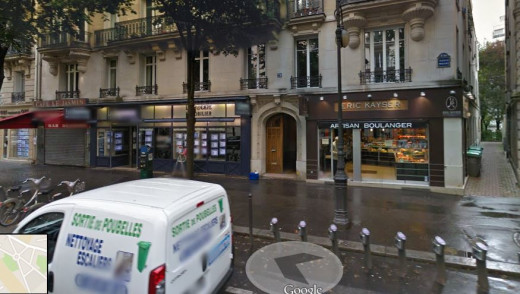
Assessment
To assess their skills, distribute a handout explaining the final activity:
Comme Amélie, tu dois décrire à un ami aveugle (a blind person) les environs d’une rue imaginaire en utilisant "il y a," des prépositions (à côté de, en face de …) et autant d’adjectifs que possible. Ecris la déscription (au moins 6 phrases) sur cette feuille.
Ensuite, change de partenaire et décris lui ta rue afin qu’il la dessine, et enfin, échangez les rôles!
Collect both the written description and the drawing. Use both to determine how well each student 1) utilized the structures in a written form and 2) comprehended the spoken description of his/her partner.
Click here to purchase the film
In closing....
I hope that some aspect of this lesson appeals to you and your students. If you have any suggestions for improving it, feel free to leave appropriate comments below.



